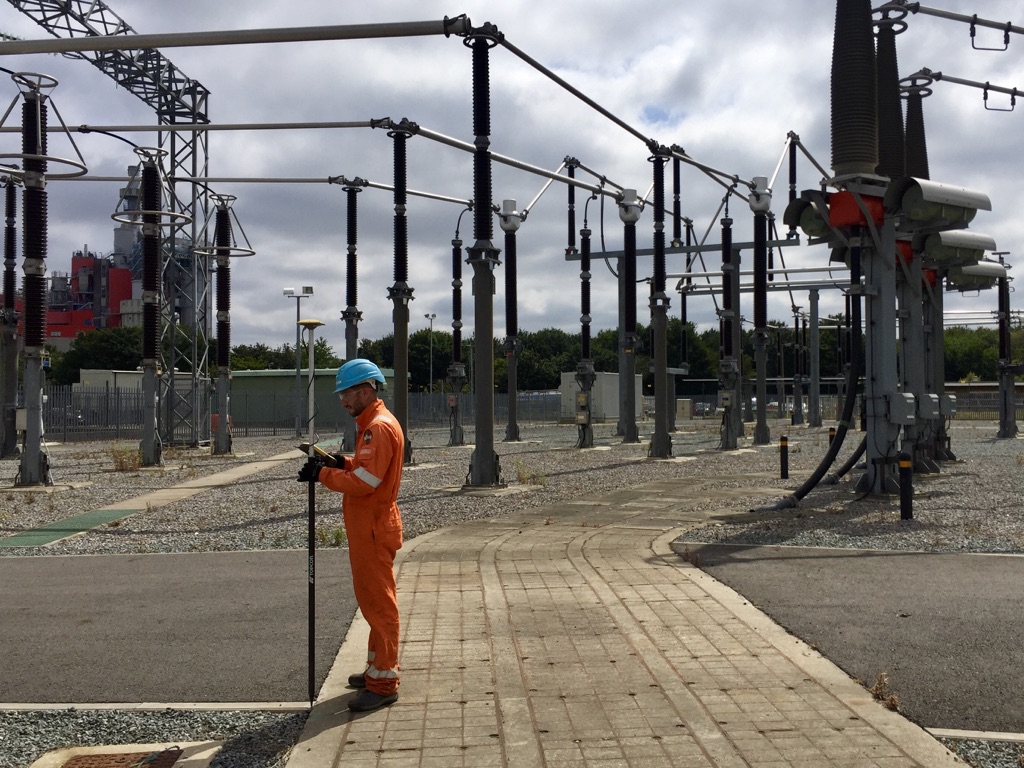Topographical Surveying: Mapping the Land for Better Planning and Design
Topographical Surveying: Mapping the Land for Better Planning and Design
Blog Article
Crucial Tools and Techniques in Setting Out Design
The self-control of laying out design relies greatly on a collection of vital tools and methods that underpin the accuracy and effectiveness of project implementation. Instruments such as property surveyor's degrees, overall stations, and advanced GPS modern technology are important for developing specific recommendation factors. The integration of conventional approaches with contemporary practices, including geospatial evaluation and 3D modeling, offers substantial advantages in picturing website conditions. Recognizing how these components connect is important for enhancing and minimizing mistakes project end results, yet the subtleties of their application typically stay forgotten. What implications does this hold for future engineering practices?
The Value of Accurate Measurements

The value of exact dimensions prolongs past simple compliance; they are indispensable to the overall efficiency of design procedures. Mistakes can bring about material waste, task hold-ups, and boosted labor prices, inevitably impacting the job's profits. Exact dimensions enhance the quality of the last product, making certain that it executes as intended and meets the assumptions of stakeholders.
Furthermore, the importance of accurate measurements is apparent in different engineering self-controls, including civil, mechanical, and electric engineering. Thus, cultivating a culture that focuses on accuracy is necessary for the future of engineering.
Vital Tools for Laying Out
Setting out, a vital phase in the design and building and construction process, depends heavily on details devices that make certain accurate place and alignment of frameworks. Among these devices, the land surveyor's degree stands apart, giving specific straight measurements crucial for establishing recommendation points. This tool enables engineers to identify altitude modifications and keep uniformity across the project site.
The total terminal is another indispensable device, integrating electronic distance dimension with angular dimension capabilities. This technology boosts effectiveness and precision in capturing spatial information, permitting efficient website layout and planning.
In addition, making use of gauging tapes and marking tools, such as chalk lines or stakes, is fundamental for momentarily marking borders and crucial points on the site. These basic devices, though straightforward, are vital for making certain clear communication among the construction group concerning job requirements.
Lastly, GPS technology has actually obtained traction in laying out procedures, supplying real-time placing data and significantly improving precision over standard methods. Jointly, these crucial devices develop the backbone of efficient establishing out techniques, eventually contributing to the effective implementation of engineering and construction tasks.
Advanced Checking Methods
Advanced surveying strategies play an essential duty in enhancing the accuracy and performance of engineering projects. These strategies include a variety of approaches that offer exact information for style and construction. Traditional techniques, such as leveling and triangulation, have progressed right into extra innovative methods, consisting of Total Station studies and Worldwide Navigation Satellite Equipment (GNSS)
Overall Terminal tools integrate electronic theodolites with range measurement capabilities, allowing land surveyors to accumulate accurate location information with excellent rate. This modern technology dramatically lowers mistakes related to hands-on dimensions and our website provides real-time information processing. GNSS offers unrivaled accuracy for large-scale projects by using satellite signals to figure out exact positioning, which is essential for straightening structures and guaranteeing conformity with design specs.
Along with these tools, progressed methods likewise integrate geospatial analysis and 3D modeling. These approaches make it possible for designers to visualize terrain and site conditions better, assisting in better decision-making during the planning stage. By utilizing these advanced checking strategies, engineering tasks can attain better accuracy in design, lower rework, and inevitably boost total job success.
Digital Technology in Engineering
The integration of digital technology has changed design practices, boosting both efficiency and accuracy throughout various disciplines. Tools such as Structure Details Modeling (BIM) facilitate the visualization and administration of complicated projects, enabling engineers to team up effortlessly and make notified decisions. This innovation enables the creation of in-depth 3D designs, which can be assessed for architectural stability and effectiveness prior to building and construction begins.

The application of fabricated knowledge and device discovering in design processes additionally enhances anticipating maintenance and optimization of resources. Overall, digital technology is improving the design landscape, driving development, and making certain that projects are finished with better performance and lowered danger.
Ideal Practices for Execution
When applying electronic technology in engineering, it is important to develop a calculated approach that lines up with project objectives and organizational abilities. A thorough analysis of existing workflows and modern technology infrastructure is vital to recognize gaps and chances for enhancement. Involving stakeholders early while doing so cultivates partnership and makes certain that the innovation satisfies more customer demands.

Task supervisors ought to adopt an iterative execution method, enabling changes based upon real-time responses and performance evaluations. This nimble method not only reduces risks however additionally advertises continuous improvement by incorporating lessons found out.
Conclusion
To conclude, the assimilation of necessary devices and progressed methods in establishing out design is important for making sure precision in dimensions and effective project implementation. Utilizing instruments such as property surveyor's levels, total terminals, and GPS modern Related Site technology, alongside contemporary evaluating approaches, boosts accuracy and reduces the probability of mistakes. Embracing ideal practices in application additionally maximizes these processes, inevitably promoting enhanced job outcomes in the design and building markets.
The self-control of setting out design counts heavily on a suite of important devices and strategies that underpin the precision and effectiveness of task execution.Furthermore, the relevance of accurate measurements is noticeable in numerous design disciplines, including civil, mechanical, and electrical design. By utilizing these advanced evaluating methods, design jobs can accomplish better precision in format, minimize rework, and inevitably boost total job success.
In general, electronic innovation is reshaping the design landscape, driving advancement, and making sure that tasks are completed with better efficiency and reduced danger (setting out engineering).In verdict, the integration of vital tools and advanced techniques in setting out design is crucial for making sure accuracy in dimensions and effective task implementation
Report this page